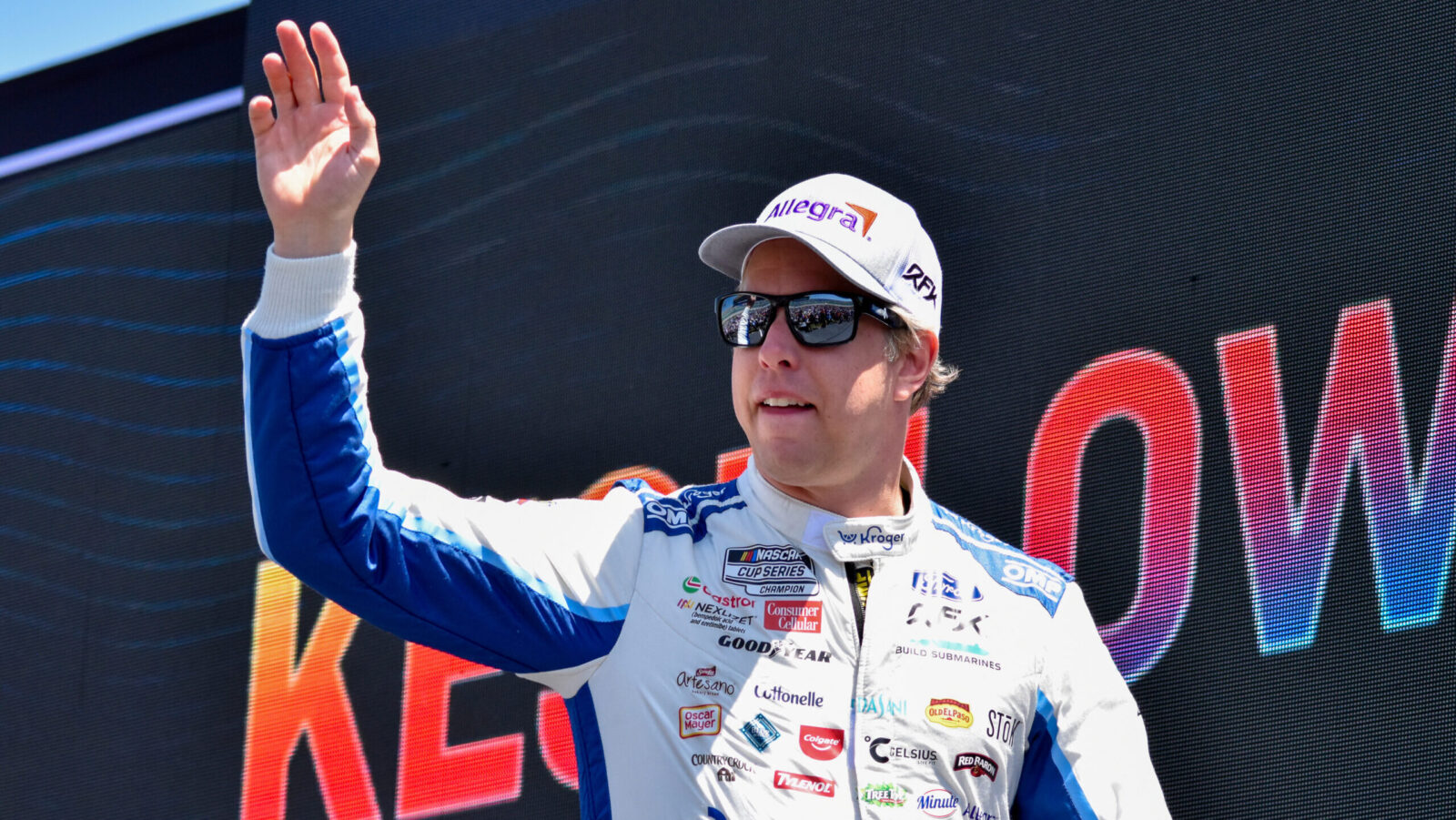The final restart of Sunday’s NASCAR Cup Series event at Richmond Raceway drew the ire of many, both on and off the racetrack, after it looked as though Denny Hamlin launched well before reaching the first line in the restart zone.
Hamlin, who inherited the lead as a result of a strong pit stop from the No. 11 Joe Gibbs Racing crew, was the control car on the restart, a designation that remains important amidst the controversy of the final restart.
A teammate to Hamlin, Martin Truex, Jr. was understandably upset with the all-clear ruling by the sanctioning body, considering he saw a chance at his first NASCAR Cup Series victory in quite some time, turn into a run-of-the-mill top-five result.
On Tuesday, NASCAR’s Senior Vice President of Competition, Elton Sawyer, joined SiriusXM NASCAR Radio to discuss the final restart of Sunday’s Toyota Owners 400, what NASCAR saw both initially and when reviewing it, and what this means going forward.
“It’s a bang-bang call,” said Sawyer. “I had the opportunity to look Sunday, as well as multiple times yesterday. First and foremost, the No. 11 is the control vehicle, they have earned the right to be in that position, they have won the battle off pit road, they put themselves in a position to be able to control the restart, and as I looked at it yesterday multiple times, there’s no doubt he rolled early.”
?? "There's no doubt he rolled early."#NASCAR's Elton Sawyer explains the decision to not penalize @dennyhamlin in the moment for jumping the restart Sunday at @RichmondRaceway.
Full Interview ? https://t.co/WGRTG5gVtL pic.twitter.com/HOJXoPBaAw
— SiriusXM NASCAR Radio (Ch. 90) (@SiriusXMNASCAR) April 2, 2024
Sawyer explicitly makes note of the fast-paced nature of the sport and the sanctioning body’s inability to call a timeout and review the call thoroughly, especially when officiating a race that has progressed to NASCAR Overtime, when the entire sequence plays out within 60 seconds or less.
“It’s at the end of the race, we’re a live sporting event, we don’t have the luxury of a timeout and go to the sidelines and review it and make that call. If this happened at lap 10, 50, or 300, the call could have been different. So, if I’m a competitor, I wouldn’t be playing that game every week, sometimes you get the call that works in your favor and sometimes you don’t.”
Explaining NASCAR’s officiating process even further, Sawyer says the sanctioning body did utilize the SMT data available to review the restart, but adds that information is not the end-all-be-all for NASCAR, and rather just a tool that is used to aid the decision-making process.
“We did look at SMT and again the No. 11 is the control vehicle, so he did fire first, which he has the right to do that, then you have to match up the video side of it,” added Sawyer. “SMT gives you good data, it is a tool, but it’s not a tool that we 100% officiate off of, but we do use that tool. The one thing it doesn’t have is it doesn’t draw a line on the racetrack to where you can say he hit the throttle here and it was before the line.”
How does what happened on Sunday impact NASCAR’s officiating moving forward? In the short term, Sawyer says it’s something that the sanctioning body will be more aware of as NASCAR’s National Series travels to Martinsville this weekend.
“I think if you look at short track racing in general, our fans like restarts, they like pit stops, it will be something that will obviously be on our radar as we have a tripleheader going into Martinsville with Trucks, Xfinity, and Cup. So obviously, we will be more in tune with that and on top of it, as well as the competitors will be.”
“This will be something that, again, I would not roll into Martinsville thinking I am going to go a car length or two ahead of the restart zone.”
In an overarching sense, though, Sawyer says that there shouldn’t be any major changes in the way that they’re officiating restarts moving forward, and that standard procedure should continue to apply into the future.
“I wouldn’t say it would be any different than we have in the past, you look at those calls, you review them in the moment, and you make the call and at that point in time in the race, there isn’t a lot of opportunity there to undo that, but you want to make sure you get it right.














